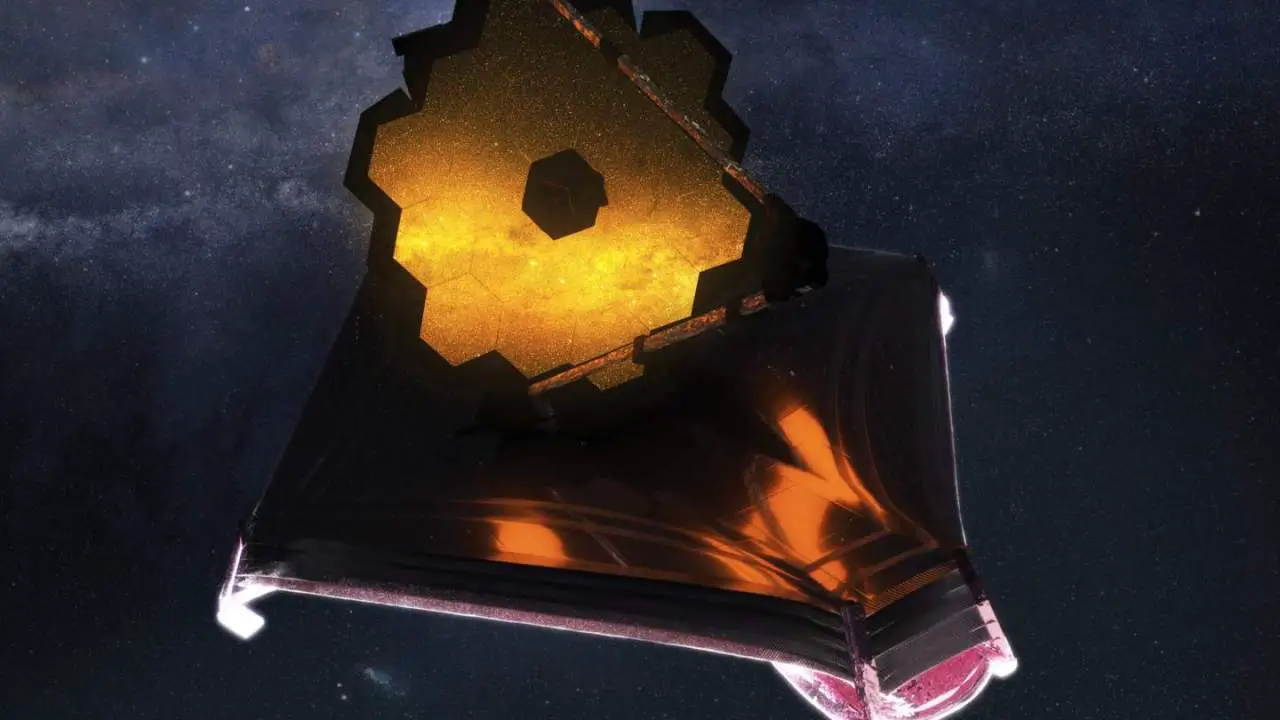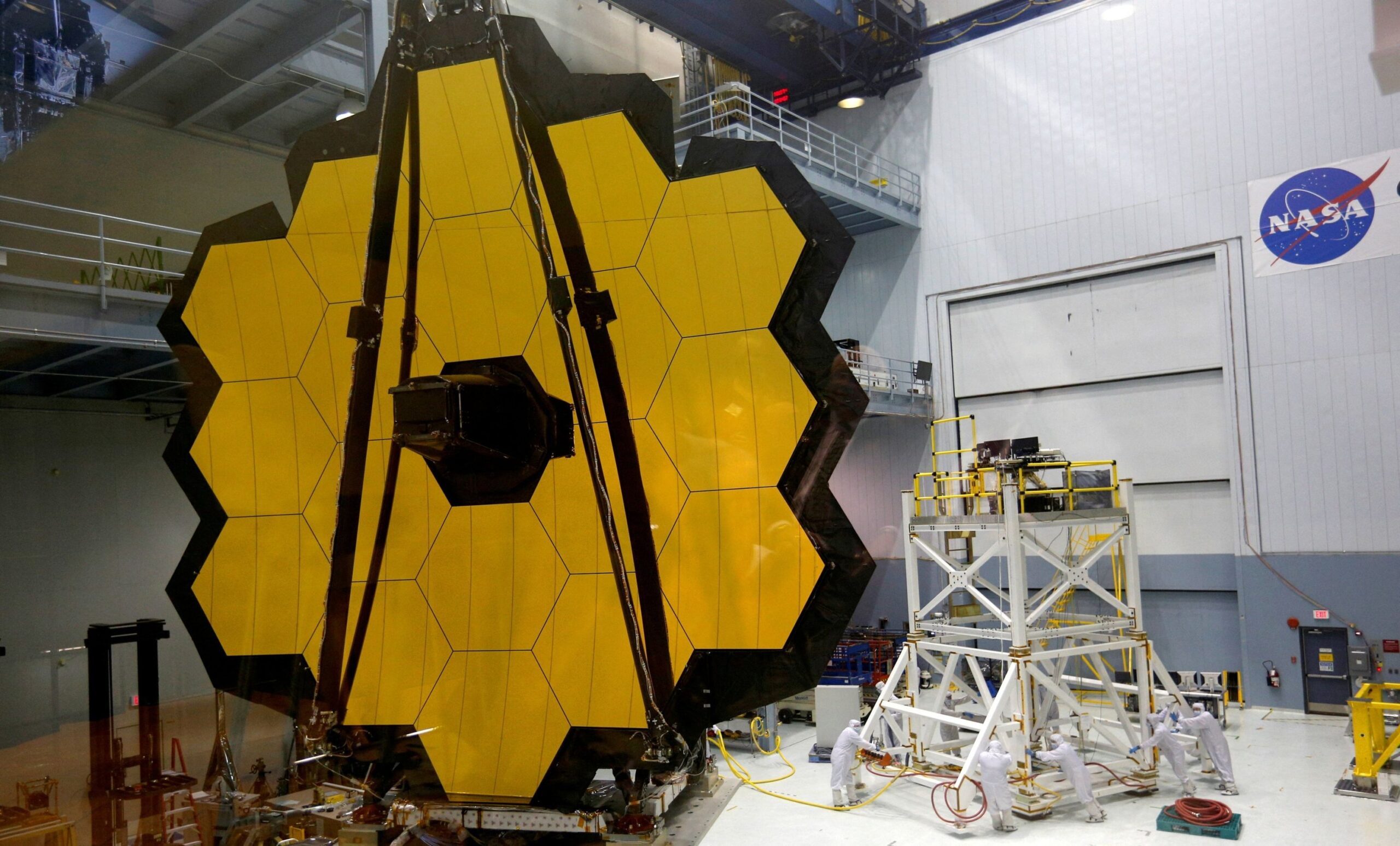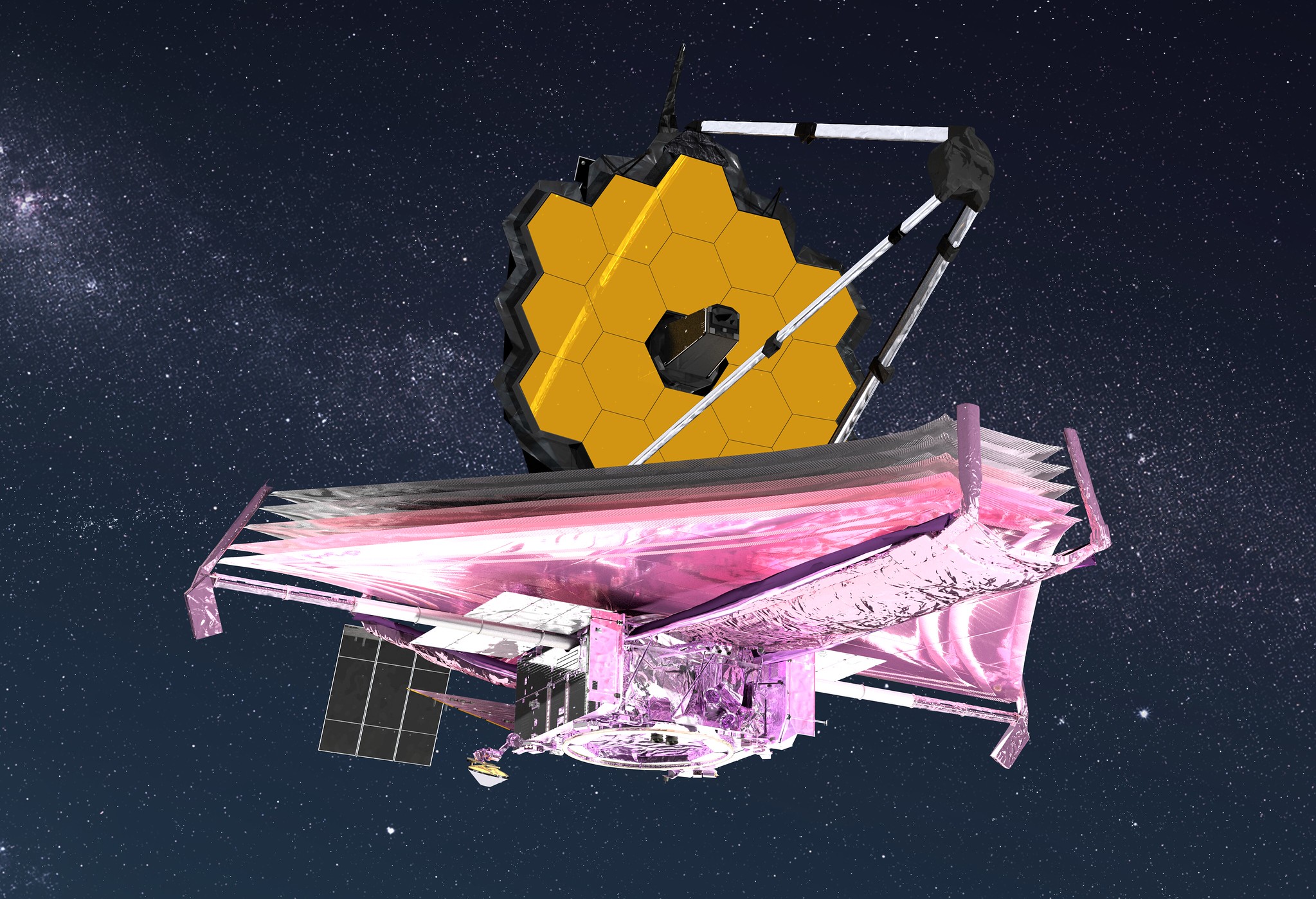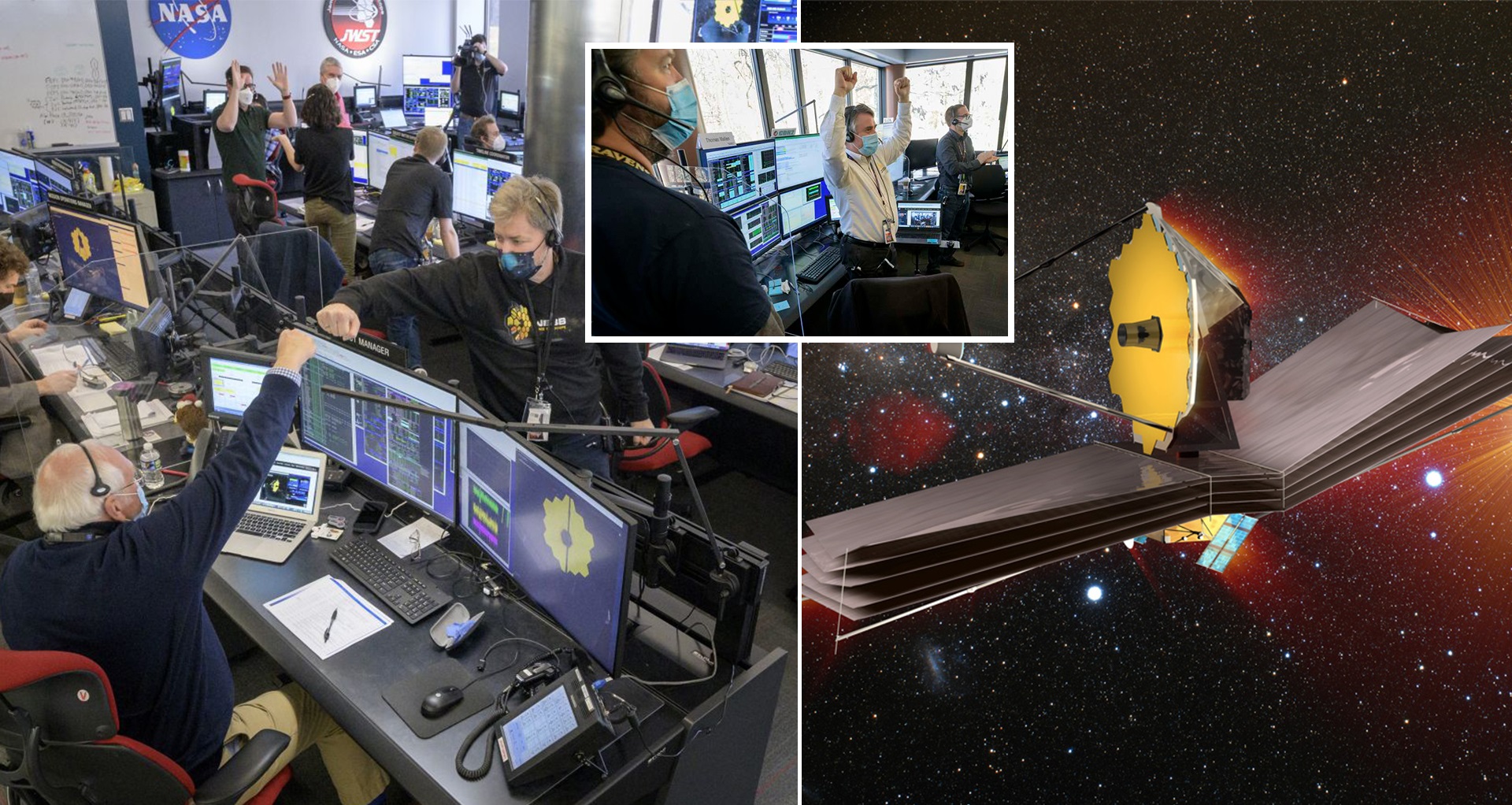The ultimate entry into orbit around the second Lagrange point was the major news for Webb this week. The High-Gain Antenna was also switched on, allowing a downlink to Earth through the Deep Space Network utilizing the Ka radio band.
The Ka-band transmits data at a far faster pace than the S-band, which Webb has been utilizing for communications. The Ka-band and High-Gain Antenna will ultimately enable the observatory to beam all of the scientific pictures and data down to the ground for analysis and discovery by astronomers all over the globe.

We invited Bill Ochs, Webb project manager, to offer his views on the mission thus far as we reflect on Webb’s first month in space:
“It has been approximately a month since we launched, and it is been an incredible experience. I am really proud of our crew. The deployments had gone off without a hitch.
‘It appeared so straightforward; did we misrepresent the complexity and difficulty of the deployments?’ said more than one individual after the final wing deployment.
The flawless implementation of the deployment and following operations illustrates how hard everyone worked, as well as the dedication and sacrifice made by so many individuals. The fact that it seemed to be straightforward is a credit to all those who have contributed to the Webb mission’s success over the years.
We are now ready to align mirrors and commission instruments, and we have already demonstrated that all of the optical hardware (including 132 actuators) is in excellent working order.
We will have a fantastic telescope by the time we get to instrument commissioning. Finally, our operations staff and ground system did an outstanding job of following the commissioning deadline, and all of the rehearsals paid off.

I am a huge Jimmy Buffett fan (understatement – I am a parrot head), as everyone on Webb knows. The song ‘Book On The Shelf’ came on as I was driving around today, and this stanza (especially the third line, which I modified to the fifth line) simply yelled the JWST team to me.
And I know these stories were sailed way before me,Toss a note in a bottle and hope that it helps
I’m so damn lucky to have an all-star crew,Some stoic, some crazy, some just passin’ through
I know I’m so privileged to work with the best and, I’m all done explaining or passin’ some test
So pour me another, it’s good for my health, I’m not ready to put the book on the shelf
“Thanks to the Webb team for everything you have done and continue to do.”
—Bill Ochs, Webb project manager, NASA’s Goddard Space Flight Center
HD 84406 is up next! That will be the first star Webb will point at in order to collect engineering data for the mirror alignment procedure to begin.
A brilliant star was chosen by the team (magnitude 6.7 at a distance of about 260 light-years, as measured by Gaia). Webb can see the star, which is a sun-like G star in the Ursa Major constellation, during this time of year.
This is just the first phase; once the telescope comes into focus, HD 84406 will be too bright to investigate with Webb. However, for the time being, it is the ideal target for us to begin our quest for photons, a search that will bring us to the furthest reaches of the cosmos.

James Webb space telescope’s next moves require mind-boggling precision
The James Webb Space Telescope, which will succeed Hubble as the next-generation telescope, just arrived in its new location. It will circle the sun at L2, or the second solar-Earth Lagrange point, from where it will be able to stare out into space and cover the sky in all directions as it goes around the sun.
The telescope will be used to investigate anything from black holes to some of the most distant and ancient galaxies once research operations begin, essentially going back in time to a moment when some of the earliest galaxies formed.
However, there are a few more stages to make Webb ready for work before astronomers can access this priceless data.
Webb’s main and secondary mirrors are currently being adjusted by the team. The main mirror is a large, gold-covered set of 18 hexagons that fit together to form a 6.5-meter-wide (21-foot-wide) complete mirror.

The secondary mirror is a tiny convex spherical mirror at the end of multiple long booms. In order for Webb to pick up extremely weak signals with high accuracy, the team has to make sure that each of these mirrors are properly aligned and oriented with extraordinary precision.
The process of aligning the mirrors is lengthy and complicated, using 126 actuators to move each part of the main mirror, as well as six mechanisms to modify the secondary mirror. Each portion of the mirror must be fine-tuned to nanoscale accuracy, and the process will take months (via NASA).
“Getting there will require some patience,” said Marshall Perrin of the Space Telescope Science Institute, “since the computer-controlled mirror actuators are intended for exceedingly tiny vibrations measured in nanometers” (via NASA).
“Each of the mirrors can be changed with extraordinarily precise accuracy, with changes as tiny as 10 nanometers (approximately 1/10,000th of a human hair’s breadth).”
The Webb crew will begin activating and then calibrating the telescope’s equipment in addition to the mirror alignment. Near-Infrared Camera (NIRCam), Near-Infrared Spectrograph (NIRSpec), Mid-Infrared Instrument (MIRI), and Fine Guidance Sensor/Near-Infrared Imager and Slitless Spectrograph (FGS/NIRISS) are Webb’s four principal instruments (via NASA).
Each of them must be switched on and then fine-tuned so that reliable scientific data can be collected. After that, the telescope’s five-year scientific mission can begin, which should take about six months.

So, as we wait for the first results from this magnificent new instrument for comprehending the cosmos, we will have to be patient for a little while.
“JWST has had incredible success over the last month, and it is a testament to all the people who worked for years, if not decades, to assure mission success,” said Bill Ochs, project manager for NASA’s Goddard Space Flight Center (via NASA). “We are on the point of aligning the mirrors, activating and commissioning the instruments, and embarking on a journey of fantastic and amazing discoveries.”

